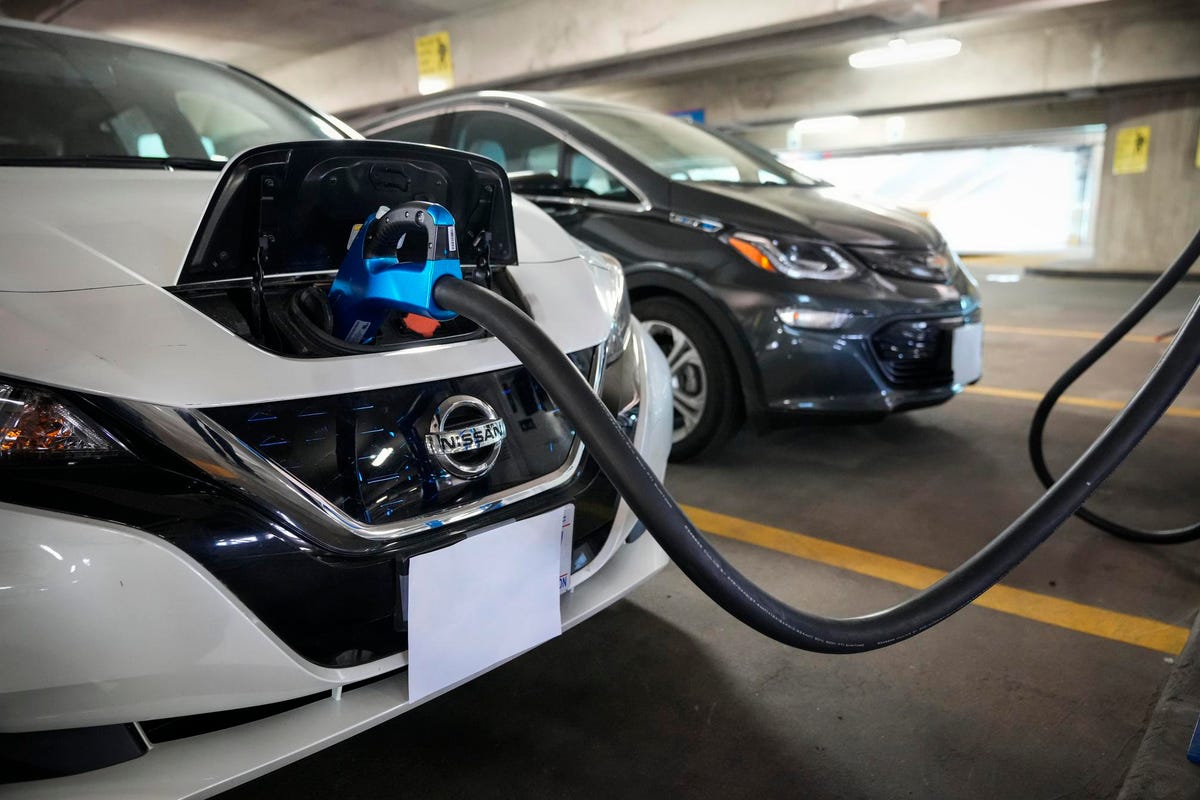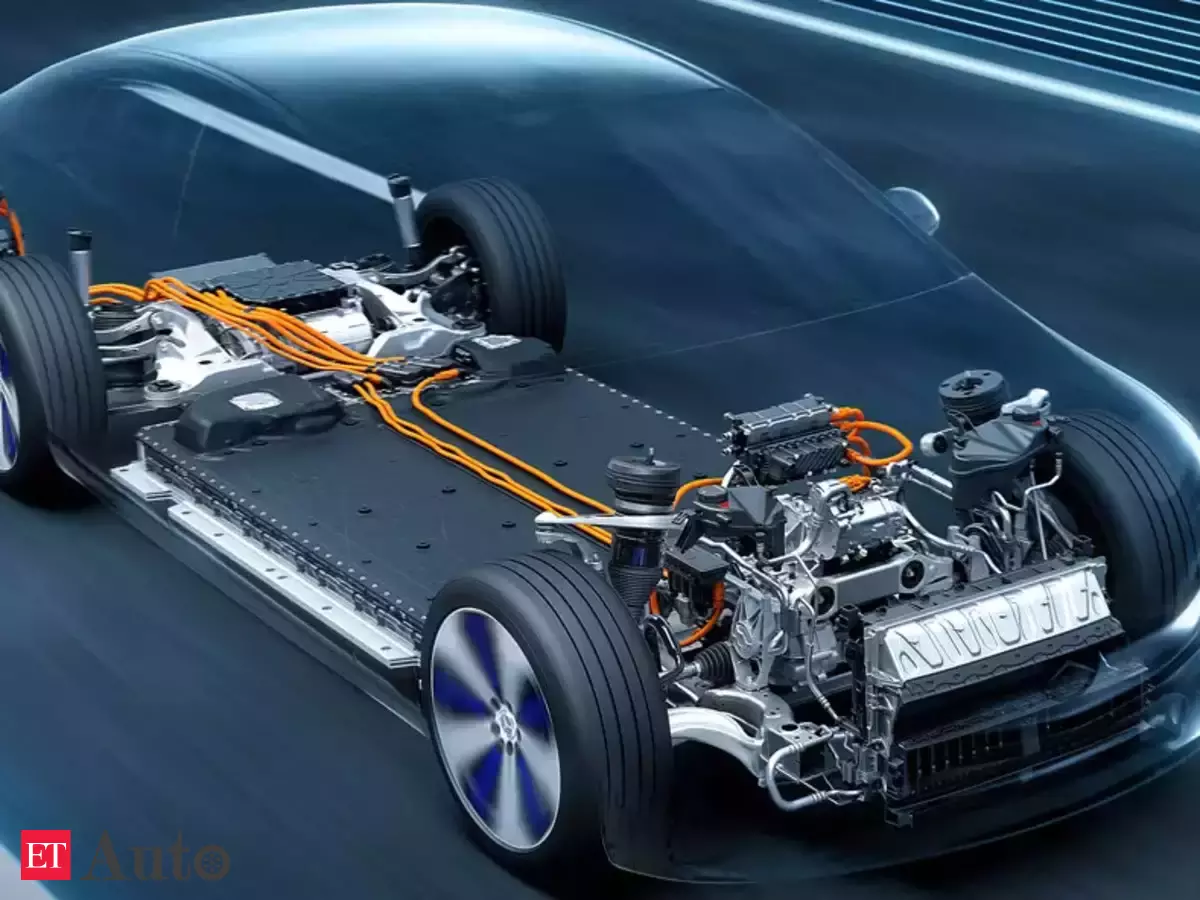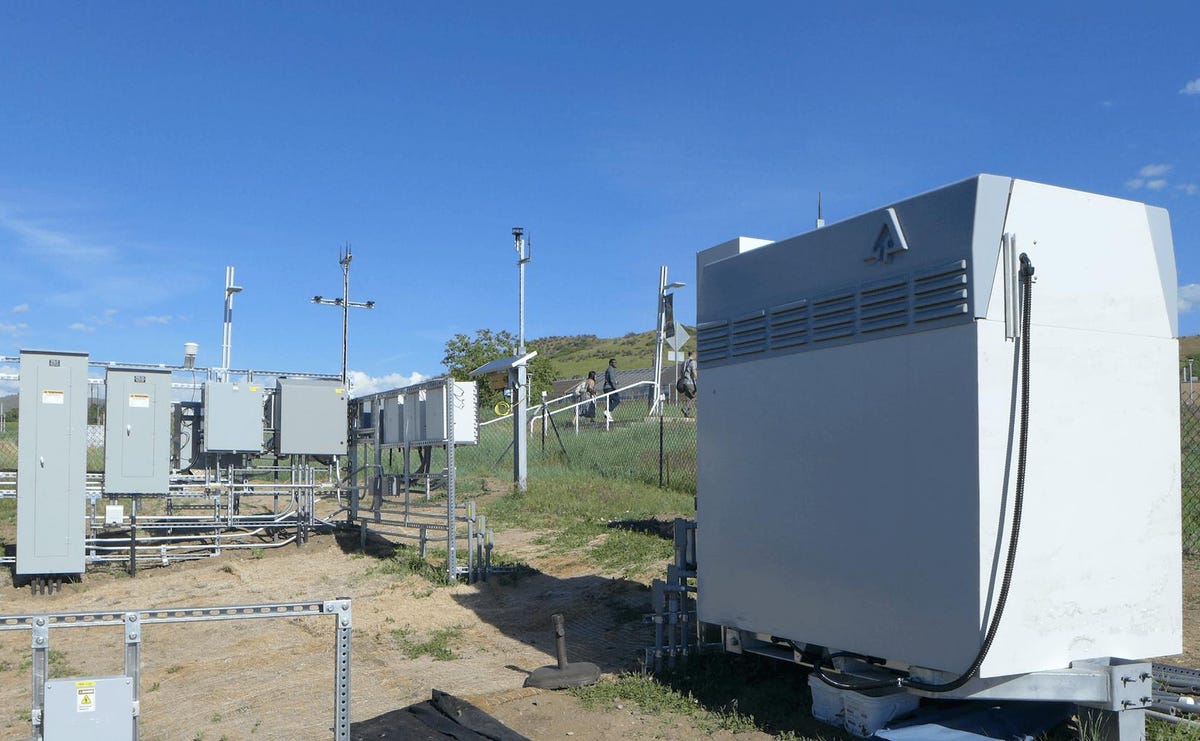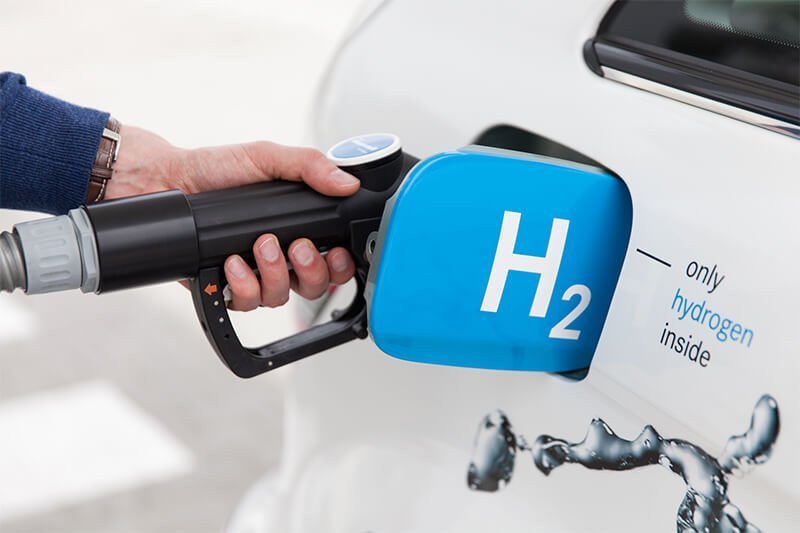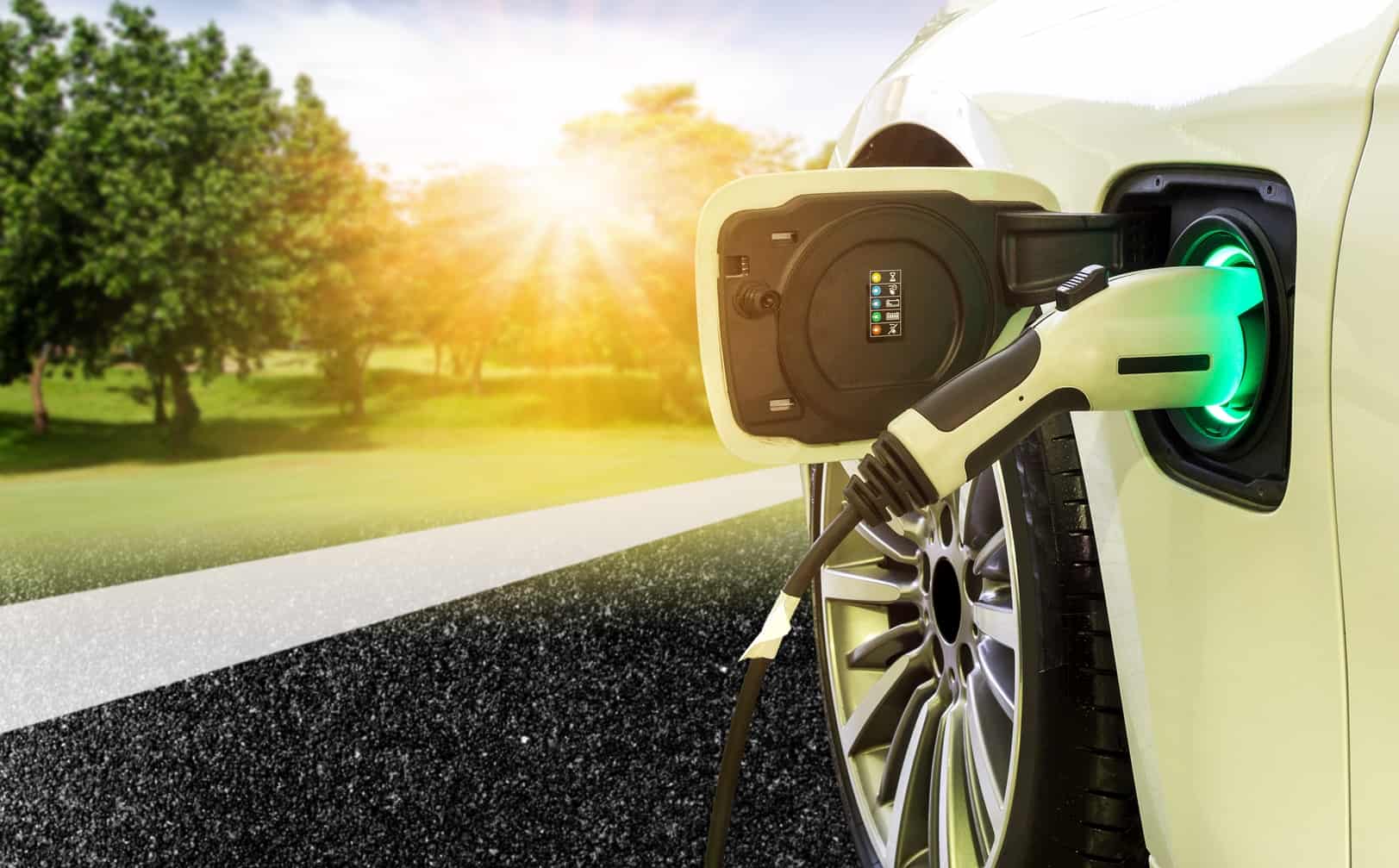Autonomous Driving Technology: Commercial Viability and Future Roadmap
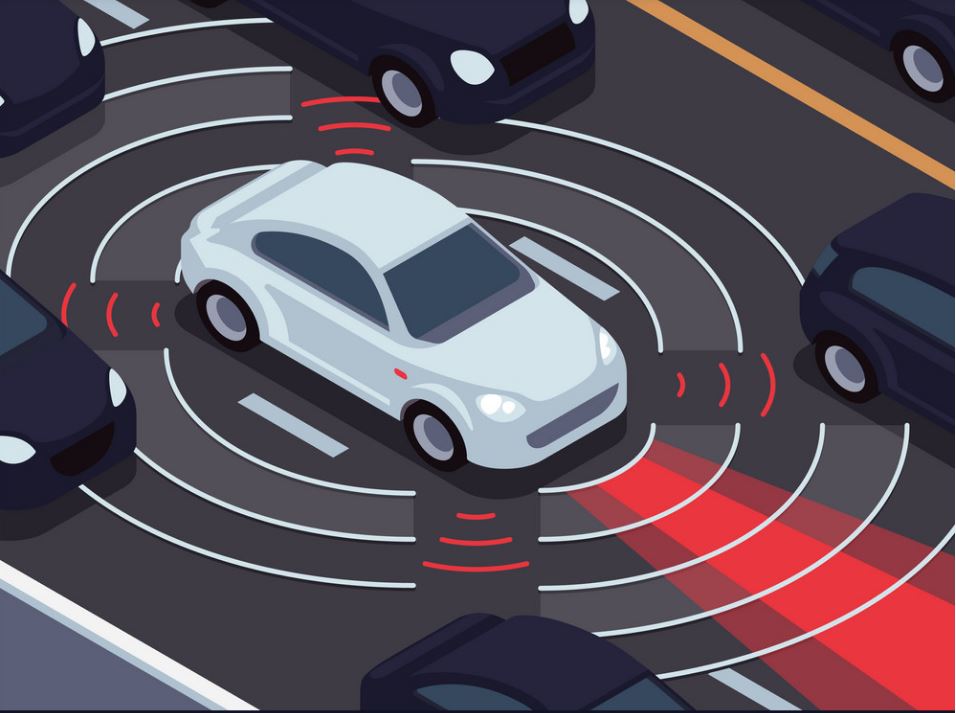
“Self-driving cars have been a long time in the making. However, it is now within reach, and the pressure is on to fulfil the vision. There is a lot of excitement about autonomous vehicles hitting the streets in the near future, thanks to continued technological advancements, increased funding, and increased public awareness.”
Policymakers and urban planners in leading cities are also looking to cooperate together with manufacturers, transportation providers, engineering suppliers, and logistics operators in order to align legislation for testing and mass deployment. It works both ways.
The amount of money being invested in autonomy has jumped from millions to billions, so it's understandable that the public and private organisations providing the funds are concerned about the ROI. There's a lot to play for, and while there's been a lot of change in recent years, there are still a lot of unanswered questions about protection, social effects, business models, and efficiency. The aim of the Future of Autonomous Vehicles project was to gather the opinions of a diverse group of experts from around the world in order to develop a more transparent and knowledgeable global perspective on how autonomy could grow over the next decade.
There are high hopes for autonomous vehicles (AVs) in the future, but there is still a lot of doubt. Some people, for example, believe that autonomous vehicles can revolutionise safety and performance, and they are investing heavily in new technology in this field. Others, on the other hand, are worried that technological advancements are outpacing society's capacity to adapt, and that better control is urgently needed before widespread implementation. Furthermore, in some cities, there are concerns about how far first-deployment trials can progress to scale by 2030 or beyond. It is obvious that there are many points of view, many of which are firmly held by various parties.
Furthermore, it is becoming increasingly clear that some of these are incompatible and contradictory. Given the rapid pace of change in this sector, it is becoming increasingly important to separate reality from speculation and determine which areas of progress and opportunity are truly viable, as well as what is hype versus what is credible.
The profound and far-reaching consequences of the drastic changes promised by AVs would be felt by the general public. Some of these changes are easy to foresee, while others are more difficult. What criteria would individual members of the public use to assess the importance of such technological advancements? One of the most influential issues in such a debate is what people consider to be an AV. It's possible that the general public believes such vehicles don't need any driver feedback. This view, however, overlooks many of the significant variations between proposed AVs and current semiautomated on-road vehicles.
Employment and related commuting habits would be among the most visible proximal effects. The driverless car has the ability to render its human controller obsolete in the same way that the horse rendered the horseless carriage obsolete. Truck and taxi drivers will have to look for new jobs, with some of them possibly supervising these individual vehicles from remote call centres. However, as in other industries dramatically transformed by automation and now emerging computer autonomy, employment in the modern transportation sector could well be lost.
Some jobs will be developed, for example, in maintaining autonomous vehicle fleets, and AV transportation services will improve access to employment for those in economically depressed areas. Increased mobility is a social benefit that can help people avoid loneliness, depression, and a decline in quality of life that come with isolation and immobility. Perhaps, as a result of such AVs, passengers would abandon buses, negatively impacting the economics of bus operations in urban areas. These are only a few of the upcoming changes; more systemic and drastic reform is on the way.
Because of these massive changes, as well as the still-limited public knowledge arising from the somewhat restricted dissemination of the precise nature of the technology's growth, it's critical for all interested professionals to disseminate their work and clearly express the limits of their own study. Of course, with such complicated problems, there is still a lot of confusion about how such technologies can affect people in the short and long term. Science has more limitations, and technology communication is evolving at a rapid pace, especially with the rise of various types of social media. Scientists will now publish in more common and open outlets as part of efforts to create more resources for public review of science.
The recent fatal Uber accident occurred at a crucial juncture for the fledgling self-driving vehicle industry. Companies who have invested billions on research and development and are banking on their success are putting less-than-perfect cars on the road. Uber, Waymo, and other companies are performing experiments in Arizona, where authorities have taken a hands-off approach to autonomous vehicles; the public in that state, as well as others, is being exposed to mass testing without having enough background contextual experience to recognise the risks and benefits of such a public trial. Since legislative debates on these technologies seldom include a public vote, the public's approval is largely indirect and implied.
Impact of COVID-19 on the Autonomous Vehicles Market
It's likely that after Covid19, there will be some long-term societal changes that speed up or slow down new innovation and transportation behaviours. For example, commuting habits can shift, rush-hours may be spread out, and more of us may choose to work from home more often. One might argue that in the world of autonomous vehicles, people would be less likely to share a robo-taxi vehicle with strangers. In contrast, it appears that individual citizen evidence of immunity may be a big shift in many countries, serving to authenticate both identity and health.
Major Highlights of the Market:
- Apple spent 2018 putting the foundations of its self-driving car fleet in place, with 70 vehicles on the road and registered with the California DMV as of September. According to reports, Apple now owns the state's third-largest autonomous test vehicle fleet, behind GM Cruise and Waymo. From April 2017 to November 2018, Apple's test fleet logged a total of 80,739 miles of autonomous driving time. However, the programme slowed over the next 12 months, logging just 7,544 miles.
- Aptiv, a self-driving tech firm, and Lyft, a ridesharing company, crossed a significant milestone in February 2020: the companies' autonomous passenger service in Las Vegas surpassed 100,000 rides. The company currently provides service to over 3,400 sites in Las Vegas, including well-known spots like the Los Angeles Convention Center and McCarren International Airport.
- The programme uses a fleet of BMW 540s that have been retrofitted with Aptiv's autonomous technology but also have a safety driver in the vehicle. The programme has received a strong response, with Lyft reporting that 98 percent of passengers who used the service gave it a 5-star rating.
- Audi has made some major claims about its autonomous and electric vehicle plans. By 2023, the German company expects to invest up to $16 billion on self-driving and sustainable technology.
- Autonomous Intelligent Driving (AID), Audi's self-driving technology unit, was primarily responsible for these activities, which began in 2017. In 2018, the company, which is based in Munich and employs over 200 people, had 12 autonomous vehicles on public roads in its home city.
- Since showcasing an autonomous i8 prototype at CES 2016, BMW has been actively promoting its autonomous strategy. In July 2019, the company announced a collaboration with Daimler, another German automaker. The companies decided to dedicate 1,200 technicians to the creation of new autonomous systems by 2024, with the intention of seeing them on the road by then. However, less than a year later, the collaboration came to an end. The challenges and costs of developing a joint tech platform proved to be greater than the partners had expected.
- In December 2019, Bosch and its partner Daimler began a self-driving taxi service trial in San Jose, California, which was a first for both companies. A select group of users will be able to request a Mercedes-Benz S-class vehicle via an app to travel along a pre-determined route in the area, according to the companies. A human driver will accompany the passengers to keep an eye on the car.
- The trial is part of a long-running partnership between Bosch and Daimler that began in 2015. The companies have also stated that they plan to bring urban road-friendly vehicles to market in the early 2020s.
Conclusion: The advent of Autonomous Vehicles in the Autonomous Industry
The introduction of autonomous vehicles (AVs) onto the world's busy highways marks a paradigm shift in how human transportation is conceived and implemented. We are currently living in a period of dramatic change, in which active control of the vehicle is being transferred from the human driver to the on-board computer systems (85). The diverse strategies of current vehicle manufacturing firms represent this transformation. Some of the younger manufacturers see the automobile as a machine with wheels, and they got into the industry because they are computer companies. Other, more conventional manufacturers continue to focus on the driver.
The person remains at the core of the design architecture for these common names in the automotive industry, despite the presence of various assistive systems.The outcome of these opposing visions will be determined by powerful social powers. Of course, there's no reason why the various types of vehicle control can't coexist on the road and still work properly. Much of technology's development is also characterised by a combination of relics and cutting-edge inventions. As more emphasis is placed on end-to-end functionality (i.e., from point of origin to point of destination), the exact incarnation of each part of the journey is likely to be sublimated to the overall purpose.


